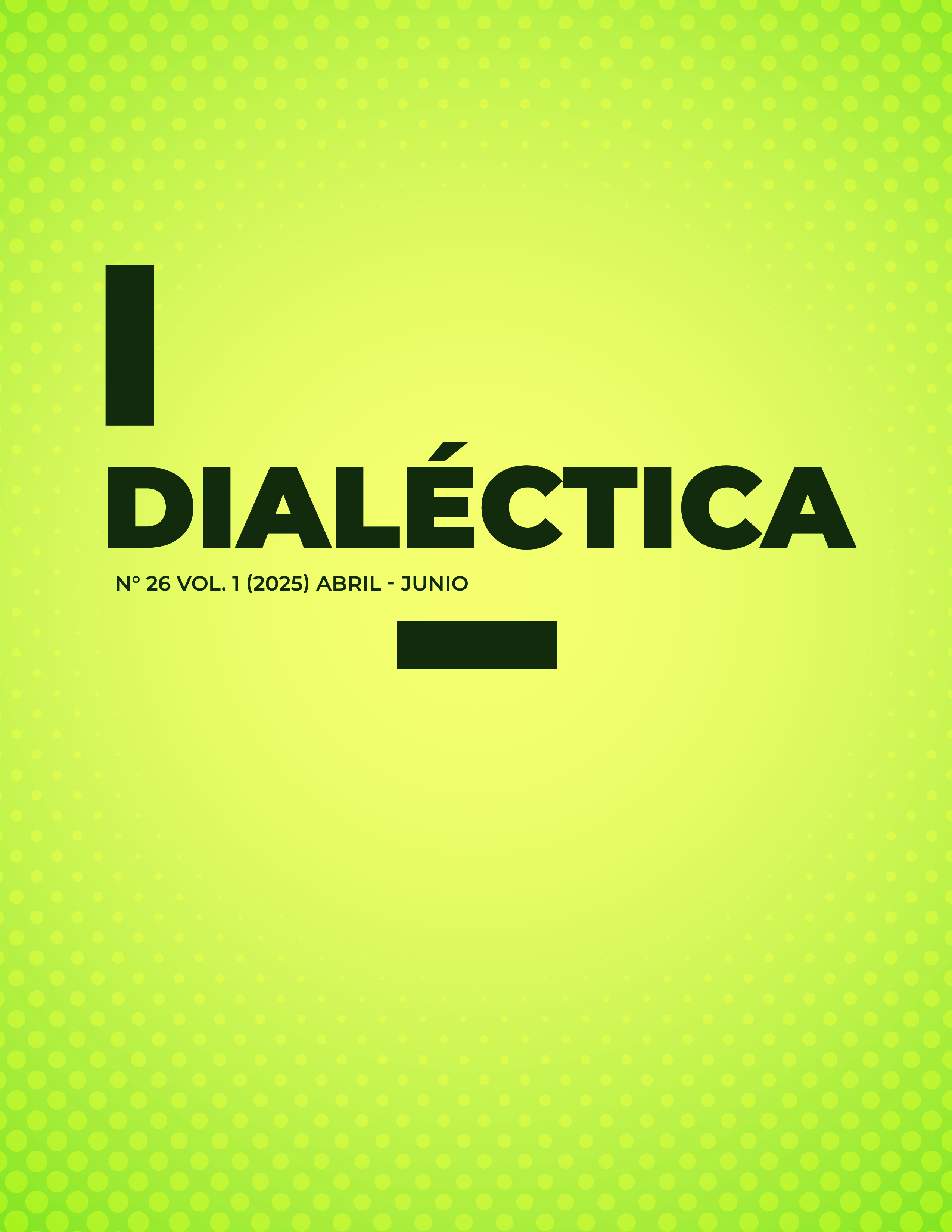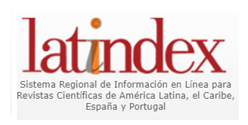WRITING A NEW CHALLENGE FOR SCHOOLS IN THE DIGITAL ERA
DOI:
https://doi.org/10.56219/dialctica.v1i26.4395Keywords:
writing, digital age and schoolAbstract
This essay invites us to reflect on how writing has changed significantly in our world, especially in the classroom, as a result of technological advances. It shows us that teachers must go beyond simply teaching rules and spelling; the mission now is to accompany students in a learning process that also includes developing their critical thinking and reflective skills. New generations, such as Generation Z, Alpha, and Beta, were born into an environment where everything is on screens, where writing and communicating are natural, quick, and often informal. These different forms of writing represent both a challenge and an opportunity for schools to help them use that writing consciously, ethically, and responsibly. Interaction on social media and digital platforms has transformed writing into a more communal activity, where sharing ideas, building dialogue, and humanizing communication are fundamental. In the end, the text reminds us that writing remains a powerful tool for thinking, creating and transforming our environment, and that education must adapt to form critical, reflective citizens capable of making sense of their world through language, in a context that is no longer just digital, but profoundly human.
Downloads
References
Burin, D. (2023). Lectura y alfabetización digital. Desafíos en la sociedad de linformación. Buenos Aires: Editorial Miño y Dávila.
Cassany, D. (2004). Explorando las necesidades actuales de comprensión.
Aproximaciones a la comprensión crítica. Lectura y vida, 25(2), 6-23
Cassany, D. (2008). Prácticas letradas contemporáneas. México: Ríos de Tinta.
Cassany, D. (2012). En línea: Leer y escribir en la red. Barcelona: Anagrama.
Cassany, D. (2013). La lectura en la era digital. (pp. 49-66). México: Fondo de Cultura
Económica.
Parodi, G., Ibarra, A., González, E., & Venegas, R. (2020). La comprensión de textos
multimodales digitales: Desafíos para la escuela y la formación del lector crítico.
Revista Signos, 53(103), 773–797. https://doi.org/10.4067/S0718-09342020000400773
Prensky, M. (2011). Enseñar a nativos digitales. Partnering para un aprendizaje efectivo. Barcelona: SM.
Torosa, V. (2008). Escrituras digitales, tecnologías de la creación en la era virtual. Publicaciones Universidad de Alicante
Sartory, G. (1998) Homo videns la sociedad teledirigida. España: Taurus.
Piscitelli, A. (2005). Internet, la imprenta del siglo XXI. Barcelona: Gedisa
Downloads
Published
How to Cite
Issue
Section
License

This work is licensed under a Creative Commons Attribution-NonCommercial-ShareAlike 4.0 International License.
La revista Dialéctica conserva los derechos patrimoniales (copyright) de las obras publicadas, que favorece y permite la reutilización de los mismos bajo la licencia Creative Commons Atribución-NoComercial-CompartirIgual 4.0 , por lo cual se pueden copiar, usar, difundir, transmitir y exponer públicamente, siempre que se cite la autoría y fuente original de su publicación (revista, editorial, URL y DOI de la obra), no se usen para fines comerciales u onerosos y se mencione la existencia y especificaciones de esta licencia de uso. Si remezcla, transforma o crea a partir del material, debe distribuir su contribución bajo la misma licencia del original.











